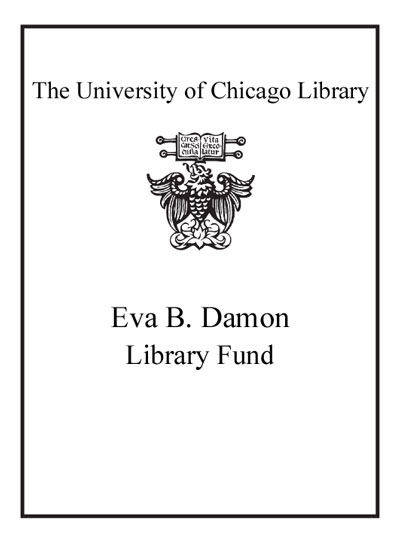| Summary: | Annotation As Anglo-American colonists along the Atlantic seaboard began to protest British rule in the 1760s, a new settlement was emerging many miles west. St. Louis, founded simply as a French trading post, was expanding into a diverse global village. Few communities in eighteenth-century North America had such a varied population: indigenous Americans, French traders and farmers, African and Indian slaves, British officials, and immigrant explorers interacted there under the weak guidance of the Spanish governors. As the citys significance as a hub of commerce grew, its populace became increasingly unpredictable, feuding over matters large and small and succumbing too often to the temptations of the world, the flesh, and the devil. But British leaders and American Revolutionaries still sought to acquire the area, linking St. Louis to the eras international political and economic developments and placing this young community at the crossroads of empire. With its colonial period too often glossed over in histories of both early America and the city itself, St. Louis merits a new treatment. The first modern book devoted exclusively to the history of colonial St. Louis,The World, the Flesh, and the Devililluminates how its people loved, fought, worshipped, and traded.Covering the years from the settlements 1764 founding to its 1804 absorption into the young United States, this study reflects on the experiences of the villages many inhabitants.The World, the Flesh, and the Devilrecounts important, neglected episodes in the early history of St. Louis in a narrative drawn from original documentary records. Chapters detail the official censure of the illicit union at the heart of St. Louiss founding family, the 1780 battle that nearly destroyed the village, Spanish efforts to manage commercial relations between Indian peoples and French traders, and the ways colonial St. Louisans tested authority and thwarted traditional norms. Patricia Cleary argues that St. Louis residents possessed a remarkable willingness to adapt and innovate, which enabled them to survive the many challenges they faced. The interior regions of the U.S. have been largely relegated to the margins of colonial American history, even though their early times were just as dynamic and significant as those that occurred back east.The World, the Flesh, and the Devilis an inclusive, wide-ranging, and overdue account of the Gateway citys earliest years, and this engaging book contributes to a comprehensive national history by revealing the untold stories of Upper Louisianas capital.
|
|---|

